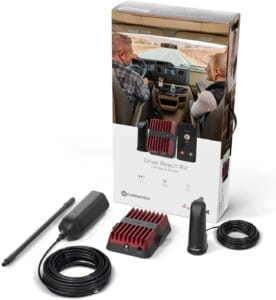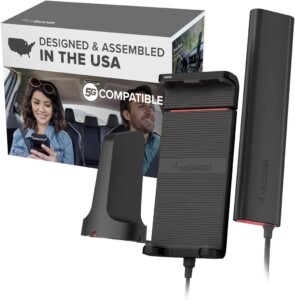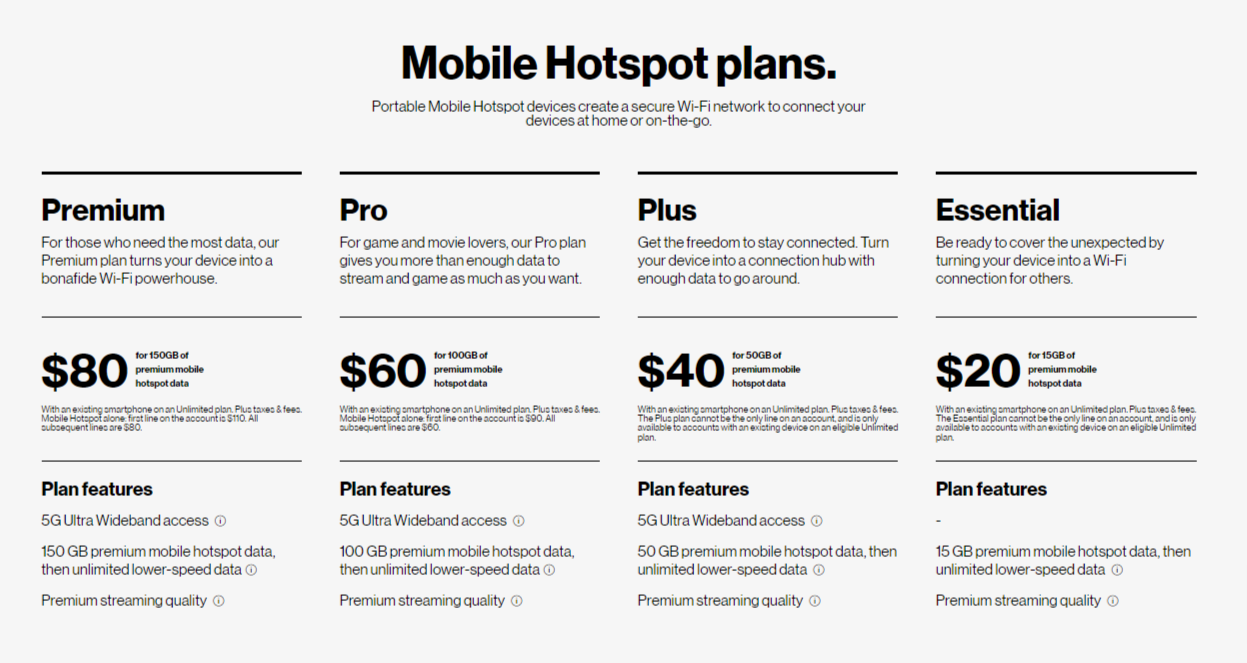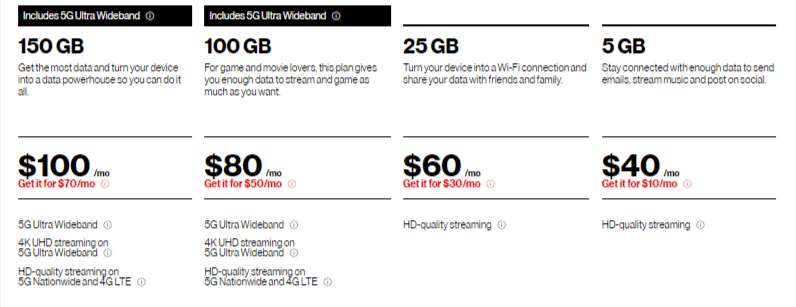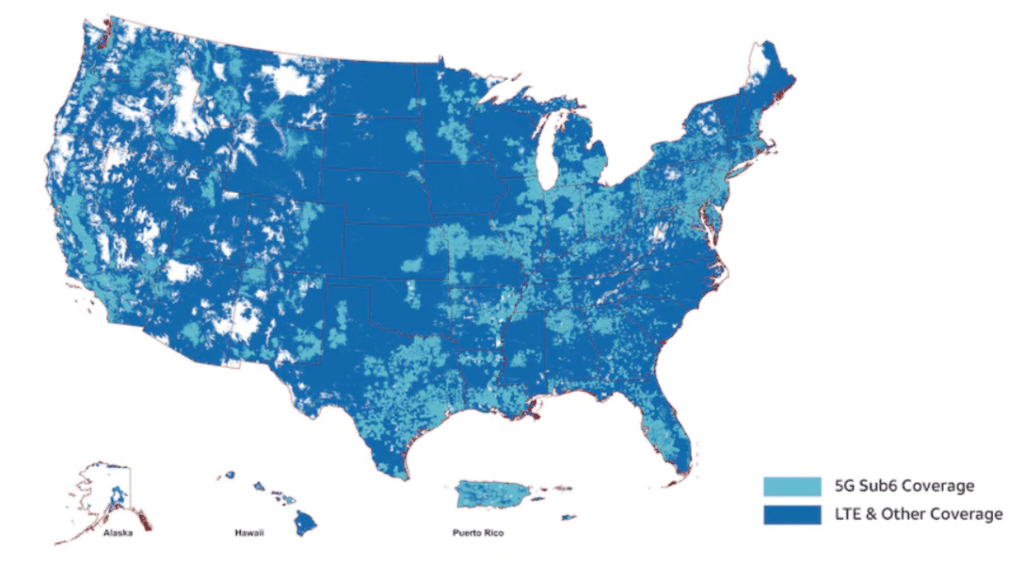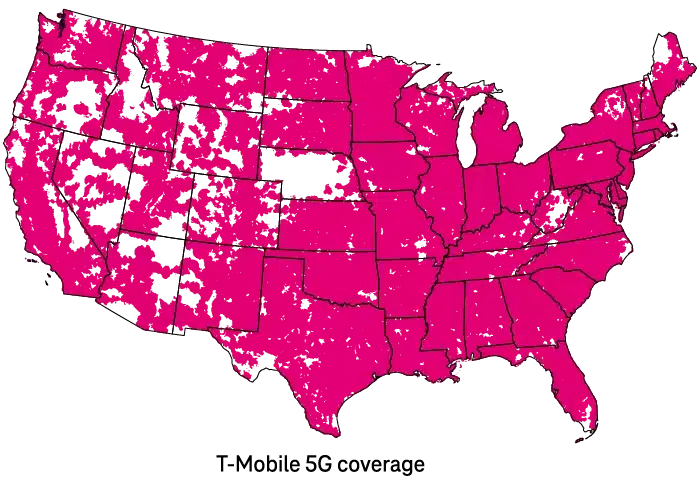INTERNET AND WIFI
DEFINITIONS
CELL PHONE HOTSPOT – Utilizing your cellphone, you can turn your phone into a wifi hotspot allowing you to use internet on other devices like your laptop or tablet. Other nearby devices can then use the shared hotspot to connect to the internet.
MOBILE HOTSPOT – A mobile hotspot is an external mobile device that is battery powered and rechargeable, not to be confused with a cell phone hotspot. These are generally more reliable and offer larger data plans then cell hotspot plans. Can also be called a mobile router.
HOTSPOT DATA – Hotspot data is the amount of data that can be transferred. As you use the internet, data is being used. Hotspot plans usually come with data restrictions, and it’s uncommon to find one that is unlimited.
CELL BOOSTER – A cell booster is a device that amplifies a weak cell signal.
MIMO ANTENNA – MIMO antenna stands for “multiple in, multiple out”. It’s an antenna you would use to get better reception with your mobile hotspot.
DATA SPEEDS – Data speeds are the speed at which data is transferred. For a video call, you need at least 8-10 MBPS upload and download speeds.

Having reliable internet access while on the road is a top priority for many nomads. Whether it’s for work or staying connected, most of us depend on it. In this guide, we’ll explore various companies, brands, products, and best practices, ranging from cell providers and hotspots to satellite internet and Starlink.
However, it’s important to remember that even with expensive gear or plans, there’s no guarantee of signal availability everywhere. Sometimes the places you want to be simply lack sufficient coverage.
CELL PROVIDER INTERNET, PRODUCTS AND GEAR
Let’s begin with cell provider internet, products, and gear. Three of the major carriers—Verizon, AT&T, and T-Mobile—offer excellent services and a variety of cell phone hotspot plans, as well as mobile hotspot plans. Additionally, there are numerous smaller providers in the market, such as Mint Mobile, US Cellular, Cricket, and Metro. These smaller providers generally operate on larger networks and offer discounted services as secondary priorities. However, this may result in occasional dropped calls or slower data speeds. It’s worth noting that US Cellular, despite being a smaller provider, has a long-standing reputation for providing reliable service. Generally, these smaller providers don’t offer mobile hotspot plans, so we’ll focus on the three major providers.
If you’re interested in cell phone hotspot plans, you’ll first need to ensure that your cell phone supports this feature. Most newer phones have this capability, and contacting your provider will confirm if it’s supported or not. Keep in mind that there are usually additional costs associated with enabling this service on your cell phone, and data usage may be limited.
To extend the network coverage slightly, you can consider using cell phone boosters. Many users report improved service with these devices. WeBoost is a well-known company that offers a range of products for different vehicles. Below is a few of the options out there that they provide.
When it comes to contract plans, you have the option to pay for your mobile hotspot device in monthly installments along with your monthly service fee. This allows you to spread out the cost over time. Alternatively, you can simply get the SIM card from the provider if you already have a compatible hotspot device.
On the other hand, with prepaid plans, you only need to purchase the SIM card. You have the flexibility to either buy a hotspot device at full value from the provider or use a different compatible hotspot device that you already own. This gives you more freedom to choose the hotspot device that best fits your needs and budget.
Verizon has established itself as a renowned cell provider, often hailed as the best in the industry, and their reputation has endured over time, thanks in part to the iconic “can you hear me” commercials. When it comes to network coverage, Verizon stands out with its extensive reach, which is widely regarded as the most comprehensive in the market. Their commitment to delivering reliable service has solidified their position as a top choice for many customers. For a better representation of their coverage, click the link below and zoom into their map to get a better idea of what it’s like in your area.
Verizon offers a wide range of routers to cater to diverse needs. One of their newest additions, the Inseego 5G device, provides blazing-fast 5G connectivity. Priced at $349.99, or alternatively you can opt for a contract payment plan, paying $9.72 per month.

If you’re looking for reliable 4G LTE connectivity, Verizon has the Jetpack MIFI 8800L available. This powerful device is priced at $199.99, or you can choose the convenience of a monthly contract payment of $5.55.

In addition to these options, Verizon offers a total of six different mobile hotspots, ensuring there’s a perfect fit for everyone’s requirements. To explore the full range of choices, we recommend visiting Verizon’s website, where you can find detailed information about each device. Take your time and find the hotspot that suits your needs best! https://www.verizon.com/internet-devices/
Verizon’s hotspot plans include:
Verizon’s prepaid plans include:
AT&T, short for the American Telephone and Telegraph Company, is a subsidiary of the Bell Telephone Company. Founded by Alexander Graham Bell, this telecommunications giant has a rich history dating back to 1885. Over the years, AT&T has undergone significant transformations and was restructured in 1981. To get a comprehensive understanding of AT&T’s coverage, we recommend checking their coverage map. By zooming in, you can obtain a more detailed and accurate representation of the areas where their services are available. This will give you a clearer picture of AT&T’s extensive network reach and help you make informed decisions regarding their services.
AT&T presents a variety of hotspot options to cater to different needs. One of their latest additions, the Netgear Nighthawk M6, supports lightning-fast 5G connectivity. Priced at $459.99, you can also opt for a monthly payment plan of $12.78 if you prefer.
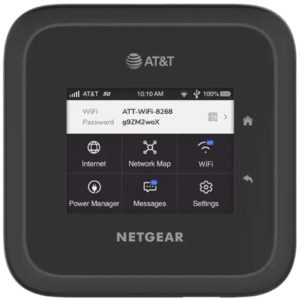
If you’re looking for a reliable 4G LTE hotspot, AT&T offers the Franklin A10. This affordable option is priced at $79.99, or you can choose the convenience of a monthly contract payment of $2.23.

In total, AT&T provides six different hotspot choices, ensuring there’s a suitable device for every requirement. Notably, they even offer a hotspot that can be plugged into your vehicle, providing internet connectivity on the go. To explore the full range of options and discover the one that best suits your needs, we recommend visiting AT&T’s website. Take your time to compare features and make an informed decision about the hotspot that aligns perfectly with your preferences! https://www.att.com/buy/connected-devices-and-more/
AT&T’s data plans include:
AT&T’s prepaid plans include:
T-Mobile, a name often associated with the iconic Sidekick, has long been perceived as the underdog in the cell provider industry. While it faced challenges in terms of reliability in the past, the company has undergone a remarkable transformation. Today, T-Mobile stands as a formidable cell provider, offering competitive rates coupled with excellent service quality.
One significant improvement is their network coverage. What was once characterized by spotty service has now expanded to cover a vast majority of our borders. To get a more accurate depiction of T-Mobile’s coverage, we recommend checking out their coverage map below!
At the time of writing this, the T-Mobile website was experiencing unresponsiveness. However, rest assured that we will provide an update as soon as more information becomes available. While the online platform may currently be experiencing difficulties, we hope that their in-store and phone services remain reliable and efficient for customers.
Please find below the limited data information we were able to gather from the T-Mobile website, or check it out yourself. https://www.t-mobile.com
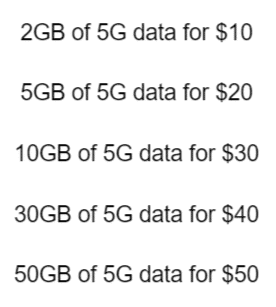
STARLINK
Starlink currently has approximately 2,600 satellites in orbit, out of the intended 4,400. The concept of Starlink at a consumer level is truly remarkable. Unlike previous remote satellite services that were costly and unfamiliar, Starlink has the capacity to support users on a large scale. The ambitious plan is to eventually deploy a staggering 42,000 satellites to provide global coverage. Presently, Starlink is available for both home and RV use, with the latter option priced at $135 per month, which is $25 more expensive. However, it’s important to note that there is an initial setup fee of $599.
Based on interactions, we’ve concluded that the service is not yet totally, entirely reliable. Users have reported occasional drops in service, although the connection tends to quickly restore. Speeds can vary and are not consistently stable. As someone who often requires reliable data speeds for video meetings, this aspect is particularly important to us. While Starlink is actively launching more satellites to improve the network, deploying an additional 1,800 satellites is no small feat.
However, we firmly believe that if you have the means to purchase the Starlink system, it’s worth considering. You’ll have it ready for when the network achieves its full potential. In the meantime, combining Starlink with another cellular data plan from a different provider can ensure connectivity even in the most remote locations. Find out more on Starlink on their website!



